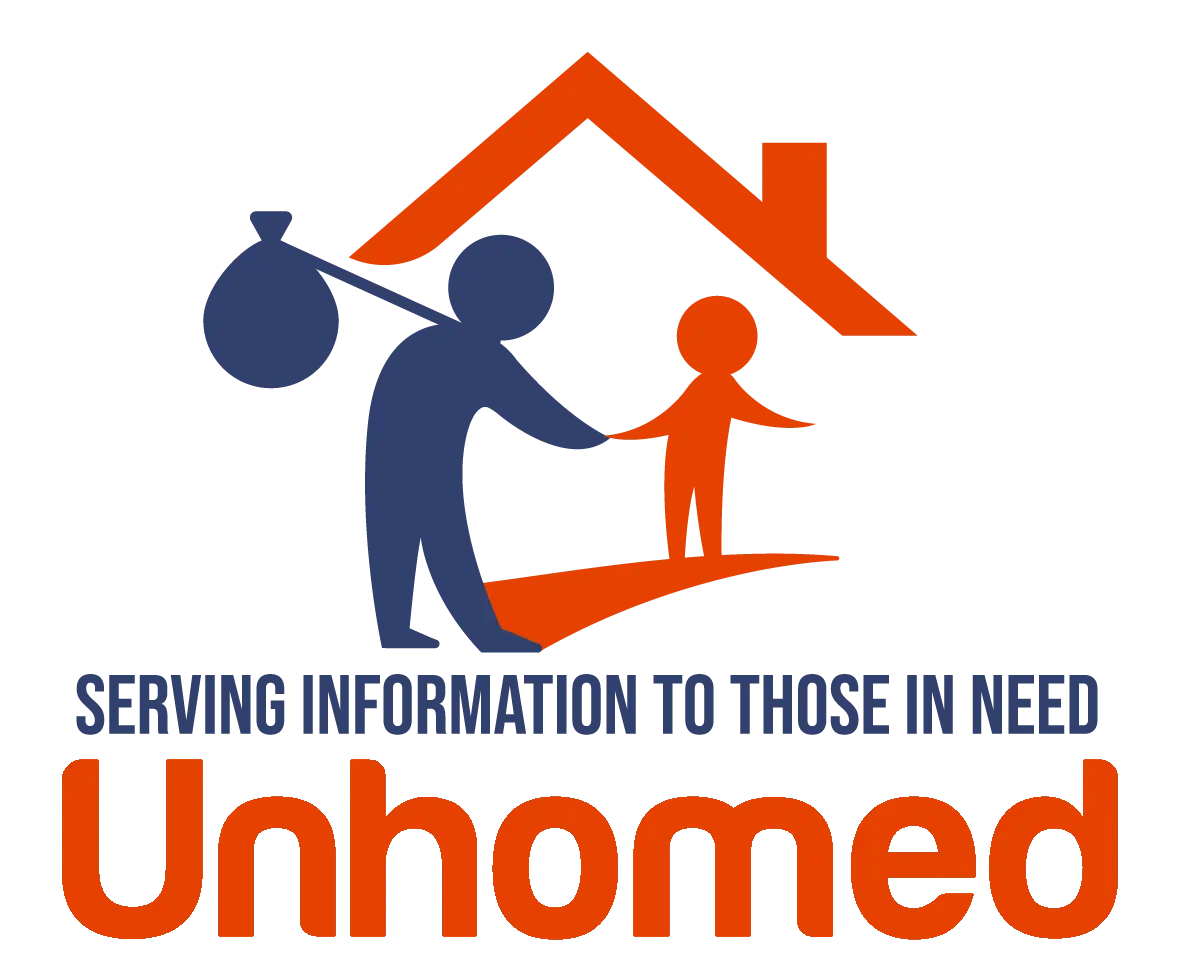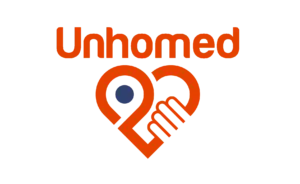Poverty Trap
Description
Title: Understanding Poverty Trap: Its Impact and Implications
Term: Poverty Trap
Definition: A poverty trap refers to a situation in which an individual's or family's financial situation is so precarious that they cannot afford to make the necessary investments (in education, health, housing, etc.) to improve their circumstances, often leading to or exacerbating homelessness.
Description:
The notion of the poverty trap suggests a vicious cycle where poverty perpetuates itself. People caught in a poverty trap lack the resources needed to invest in life-enhancing domains like education, health, and housing. This deficiency leads to material deprivation and may trigger or worsen homelessness. Essentially, the poverty trap becomes a continuous loop of insufficient income and minimal gain.
Objectives:
- Illustrate the concept and implications of the poverty trap
- Highlight the impact of the poverty trap on individuals and families
- Describe the barriers and contributing factors in escaping the poverty trap
- Propose potential solutions to break the poverty trap cycle
Mechanisms:
- Lack of Access to Capital: Limited access to financial resources, deterring the potential for personal growth and development.
- Poor Education Opportunities: The inability to afford good education, leading to lower-paying jobs and persisting income deficiency.
- Health complications: Insufficient funds for proper healthcare, resulting in poor health that limits working capacity.
- Unstable Housing: Lack of stable, sustainable housing due to low income, often leading to homelessness.
Benefits:
- Encourages Policy Amendments: Understanding the poverty trap can stimulate policy changes to aid those trapped in poverty.
- Inspires Social Action: Generates empathetic understanding and action at the societal level to reduce poverty.
- Fosters Innovation in Solutions: Prompts fresh, innovative solutions to break the cycle of poverty.
Challenges:
- Economic Conditions: Unfavorable economic conditions can worsen the poverty trap.
- Existing Inequalities: Pre-existing social, racial, or gender disparities exacerbate the cycle of poverty.
- Inadequate Social Assistance: Inefficient or insufficient social assistance programs may fail to offer real solutions.
Examples:
1. A family living in a low-income neighborhood may lack access to quality education, leading to limited job opportunities and perpetuating the cycle of poverty.
2. An individual suffering from a chronic illness but unable to afford healthcare may find their earning capacity affected, thus, falling deeper into the poverty trap.
Further Reading:
1. "The Idea of Anti-Poverty Policy" by Martin Ravallion (https://www.nber.org/papers/w19210)
2. "Escaping Poverty and Becoming Poor: Who Gains, Who Loses, and Why?" by Anirudh Krishna (https://www.tandfonline.com/doi/abs/10.1080/00220380412331293683).



